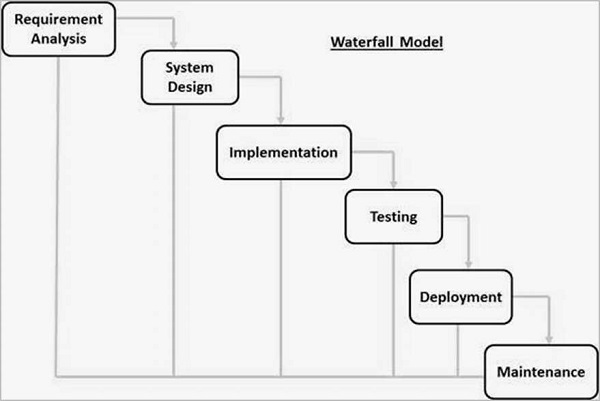DIFFERENCE BETWEEN DEFECT , BUG, ERROR AND FAILURE

DEFECT:
If difference exist between actual result and expected result and that difference is found by developer and corrected by himself in the development phase then it’s called a defect.
Example if developer has developed a code and while performing (Unit Testing) developed found that the code is not functioning as per requirement then in tat case the issue occurred is known as DEFECT.
BUG:
If testers find any mismatch in the application/system in testing phase then they call it as Bug. Example if the developer has done the development and performed Unit testing of a login form then the module is sent to Tester for performing testing. In this phase if tester found that the client requirement is not matching with the result of application then tester report it as Bug.
NOTE: there is a contradiction in the usage of Bug and Defect. People widely say the bug is an informal name for the defect.
ERROR
If we can’t compile or run a program due to coding mistake in a program. If a developer unable to successfully compile or run a program then they call it as an error.
Example: A developer may misunderstand a de-sign notation, or a programmer might type a variable name incorrectly — leads to an Error. It is the one which is generated because of wrong login, loop or due to syntax. Error normally arises in software; it leads to change the functionality of the program.
Failure:
Once the product is deployed and customers find any issues then they call the product as a failure product. After release, if an end user finds an issue then that particular issue is called as failure.




Comments
Post a Comment